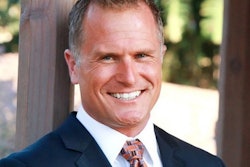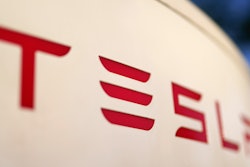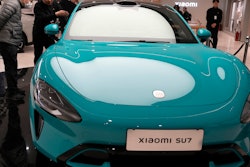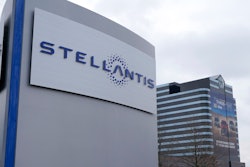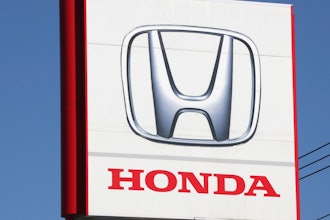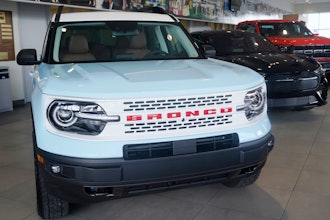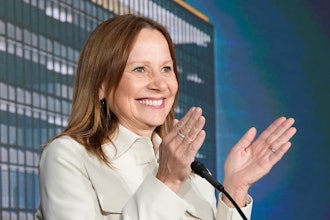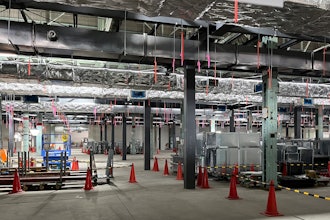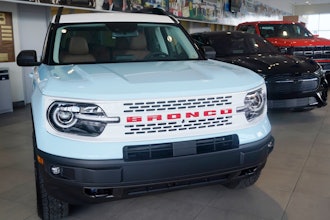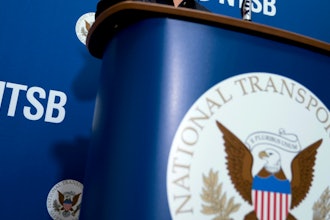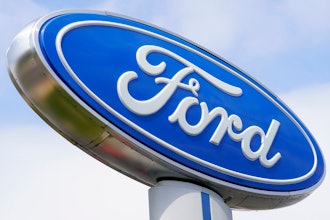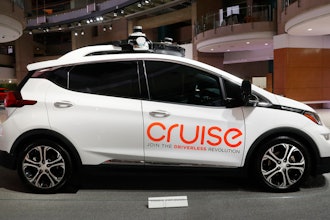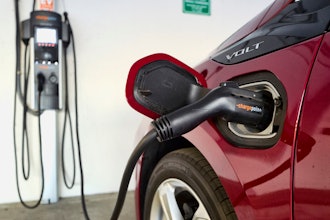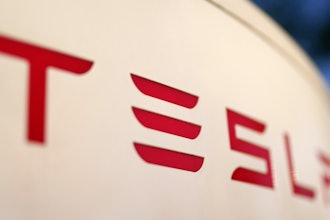As of late, critics have voiced skepticism regarding Tesla’s ability to sustain its intrigue and growth.
The Los Angeles Times, among others, cites the company’s lost Consumer Reports “recommended” rating, while Reuters shows concern about Tesla’s apparent $4,000 loss on every vehicle it sells. Popular Mechanics suggests that for the high price, the vehicles might not be quite luxurious enough, and that other electric car makers may soon give Tesla a run for its money.
But yet, when Tesla posted its third quarter results, its stock rose 10 percent, even as it saw its biggest loss in years. The company’s quarter three shareholder letter noted that both orders and deliveries exceeded expectations for the quarter. The letter also announced that Tesla is on track to meet its expected minimum of 50,000 deliveries this year.
So, where’s this company headed? Let’s look at a few key facts.
Delays and Quality
Certainly, Tesla is known for not meeting its own deadlines. For example, the company planned to release its Model X SUV game-changer in 2013, but it wasn’t unveiled until two months ago. The same was true for its first car, the Tesla Roadster. The Roadster originally had a 2006 delivery date, but — as Tesla is wont to do — last-minute improvements and custom touches pushed the release into 2008.
For the Model X, production delays came by way of supplier issues for monopost seats and design concerns with Falcon Wing doors. “These factors add uncertainty to our build plans during Q4, but we feel emphasizing quality is the right decision for our customers,” said the company.
With this quality-before-profits philosophy, Tesla’s customer base continued to strengthen. In the third quarter, compared to the same time last year, orders for the Model S grew 50 percent.
And that’s despite Consumer Reports earlier this year removing its “recommended” label from the Model S P85D, citing reliability complaints.
Consumer Reports also, however, notes that the car aced its road test — earning the highest score ever awarded. And the car’s owners report 97 percent satisfaction rating, meaning the vast majority of Model S owners would “definitely” buy the car again.
Production and Growth
As noted in the quarter three shareholder letter, with no further design constraints on the horizon for the Model X and monopost seat production brought in-house, Tesla expects to achieve “steady state production capacity” during the upcoming quarter one.
For total deliveries this year, the automaker is on track to meet its goal of 50,000. For quarter three alone, they set new records for production (13,091) and deliveries (11,603). Looking forward, the company plans to deliver 17,000 to 19,000 vehicles in Q4 and stabilize production at 1,600 to 1,800 per week for 2016.
“The main thing for the X is the scaling of production. We are making steady progress every day of the week,” said Musk in a recent conference call.
Infrastructure
Even considering all of this growth and a 10 percent rise in stock, Tesla posted a Q3 loss of $230 million.
That might be a startling figure, but pause and consider the company’s investments in infrastructure. Tesla is in the midst of constructing the Gigafactory, a 5.5 million-square-foot factory in Reno, Nevada, dedicated to producing Powerpack, Powerwall and vehicle batteries. The Gigafactory is what Tesla is banking on to reach its production goal of 500,000 vehicles annually by 2020.
The factory wasn’t set to be operational until 2017, expanding to full capacity in 2020. But early in Q4, Tesla already began a production line with plans to start producing its own battery cells in the factory in 2016, several quarters ahead of schedule.
Also, earlier this year, they doubled European production by means of a more than 255,000-square-foot facility in Tilburg, Netherlands.
Innovation
Tesla has made some incredibly risky moves and still managed to hold onto its consumer base.
Its 2006 Roadster launch was the first major development for electric cars since Toyota released the Prius almost 10 years earlier. But within the next four years, Nissan released the Leaf and Chevy the Volt, to soon be followed by BMW, Ford and others.
It was hard to miss another groundbreaking step this October: the unveiling of Tesla’s autopilot feature. Autosteer took over the news with reports of how unreliable it could be and how it nearly caused accidents — despite the fact that it was never meant to make vehicles fully autonomous. The software was the first of its kind offered to consumers. Soon, however, Tesla will be limiting the function to prevent “crazy” misuses as the technology continues to “learn” and improve itself.
Tesla is also on track to launch the Model 3 in early 2016 and cross into a wider consumer market at the much-lower $35,000 price.
Future Forecast
Wherever the electric vehicle market is going, Tesla is the company that fueled the race.
Although Tesla stumbles and hasn’t yet attained complete profitability, it’s accruing new buyers, investing in infrastructure and expanding its market offerings.
The next youngest major U.S. automaker is GM, founded way back in 1908. So, it’s no wonder 12-year-old Tesla — a talented toddler in the auto industry — is still ironing out the wrinkles in production after setting a new industry standard.
Comment below or tweet @MNetKatie.




